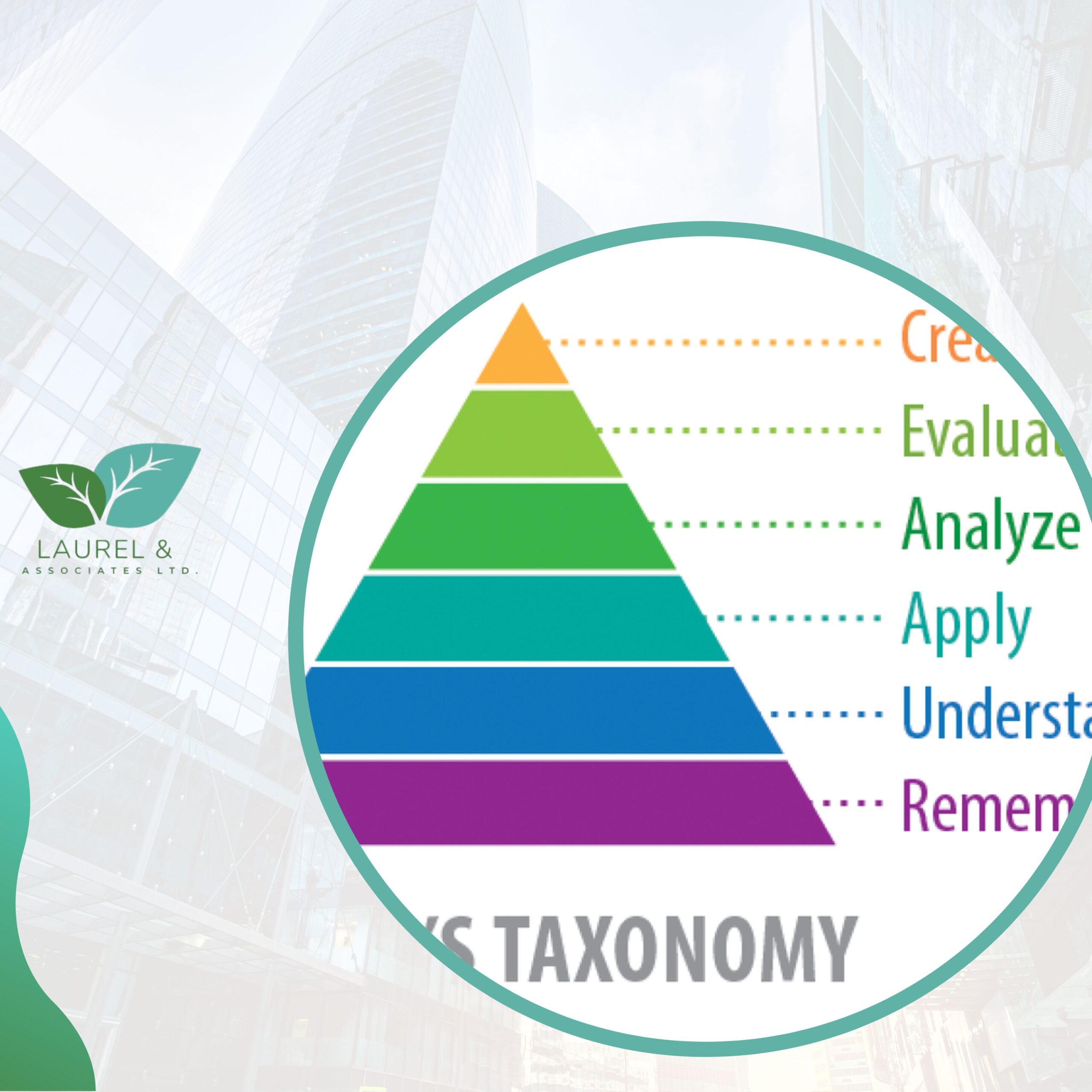
Tip #339: Five Content Mistakes to Avoid
This Tip discusses five content mistakes that trainers make and should avoid to ensure the right people get the right training. “An expert is someone

This Tip discusses five content mistakes that trainers make and should avoid to ensure the right people get the right training. “An expert is someone

VThis Tip reviews audit findings of a high school honors Chemistry teacher who knows her stuff but is limited by incompetence as a teacher. This

BThis Tip looks at two new teachers who encourage and nurture learning, resulting in lifelong learning stimulation for their students. A Wonderful Kindergarten Teacher 1.

This Tip reviews audit findings of two teachers. one of whom does not set her students up for success while the other does. I audited

This Tip identifies the best practices I looked for in school audits of elementary, middle, and high schools. When I first thought about lifelong learning,

This week’s Tip will address the fourth challenge: How can we help SMEs learn how to select appropriate activities? Three Factors in Selecting a Learning

This Tip addresses the second of five challenges in encouraging SMEs become open to using participatory activities. When we began this discussion about encouraging SMEs

This Tip provides steps for helping SMEs value participatory activities over using lecture as their instructional method. Why SMEs Gravitate to Lecture Why do SMEs

There are three ways to view the revised Bloom’s Taxonomy model, with thanks again to David A. Sousa in How The Brain Learns: Three Ways

This Tip presents my compromised titles of Bloom’s Taxonomy levels that I plan to use in my train the trainer programs. In case you were

This Tip compares the previous and the currrent levels of learning in Bloom’s Taxonomy Cognitive Educational Objectives. Previous Levels of Bloom’s Taxonomy In 1956, Benjamin

We are concluding our look at the application of five key categories of training best practices, ending with the last three categories. The learner activity